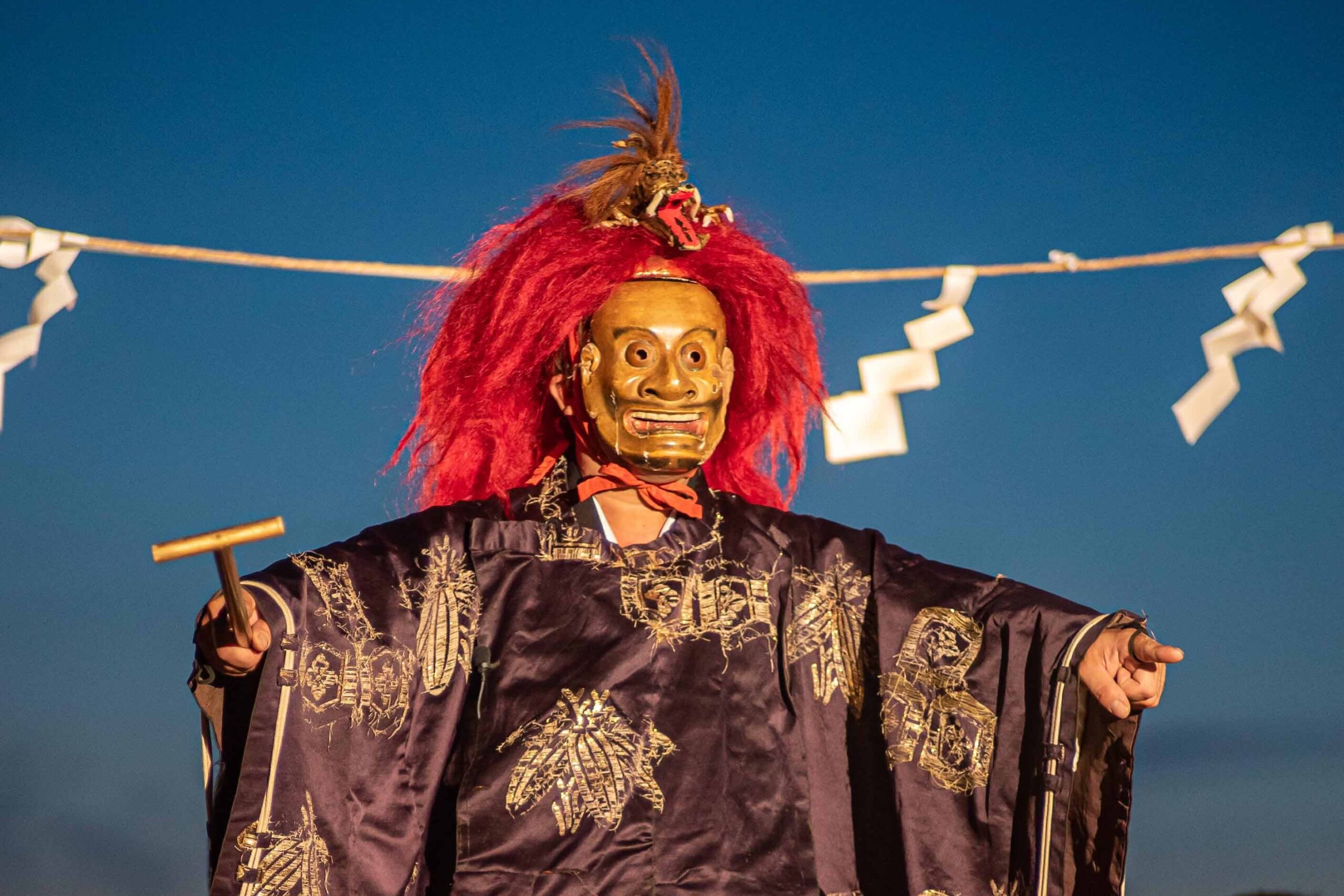
(August 24th) Sunset Noh performance (Yamato Noh)
This year marks the 35th anniversary of Atsumi Sharin Michi-no-Eki, and a special day of festivities is planned to celebrate the occasion!
🎶 At 1:30 PM, enjoy a dynamic taiko drum performance to kick off the afternoon.
🎭 In the evening, don’t miss the annual Sunset Noh performance—a unique, open-air rendition of the local Yamato Noh (山戸能), known as Yūhi Noh (夕陽能), starting from 5:30 PM as the sun sets over the Sea of Japan.
🎈 Between performances, there will be plenty of fun activities for children, including a prize raffle and yo-yo fishing—perfect for families looking to enjoy the full day.
About Yamato Noh & Yamairagawa Kabuki
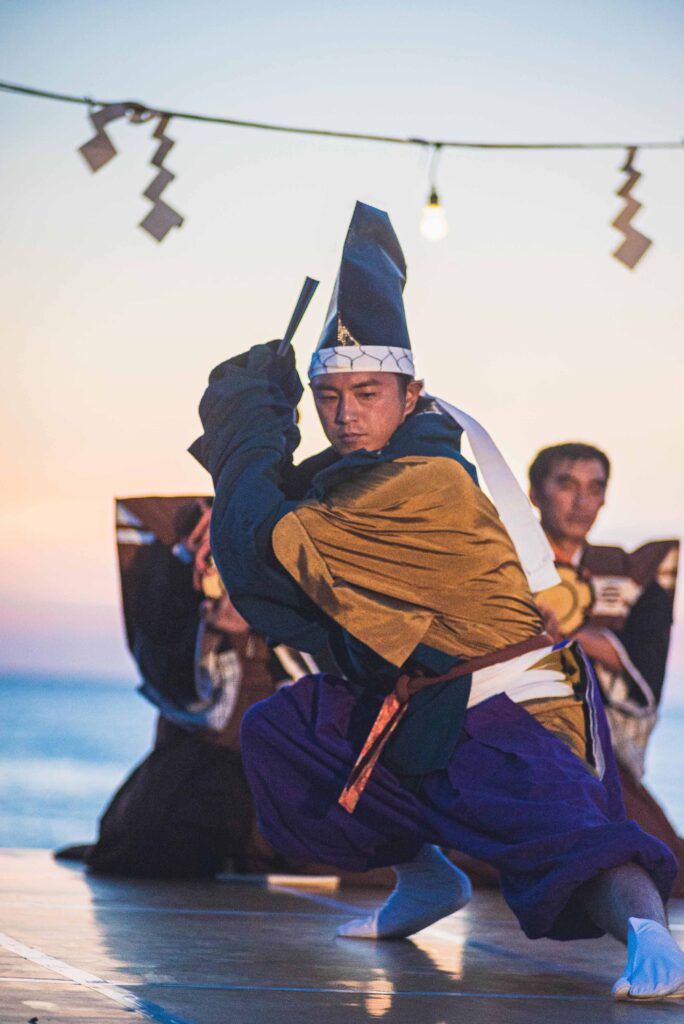
Yamato Noh
Yamato Noh is a sacred Noh performance held during the annual grand festival of Kawachi Shrine, the guardian shrine of the Yamairagawa area.
As for its origins, documents remaining in the region suggest two main theories: one says it was introduced around the year 866 , while another attributes its arrival to the Kan’ei era. However, the exact details remain unclear. In the past, around the year 1901, there were approximately 120 Noh plays in the repertoire. Today, however, only nine plays remain: Hagoromo, Takasago, Shōjō, Kamo, Chikubushima, Funa Benkei, Kanehira, Kasuga Ryūjin, and Rashōmon.
One of these is performed each year. However, all 120 original scripts are still carefully preserved to this day.
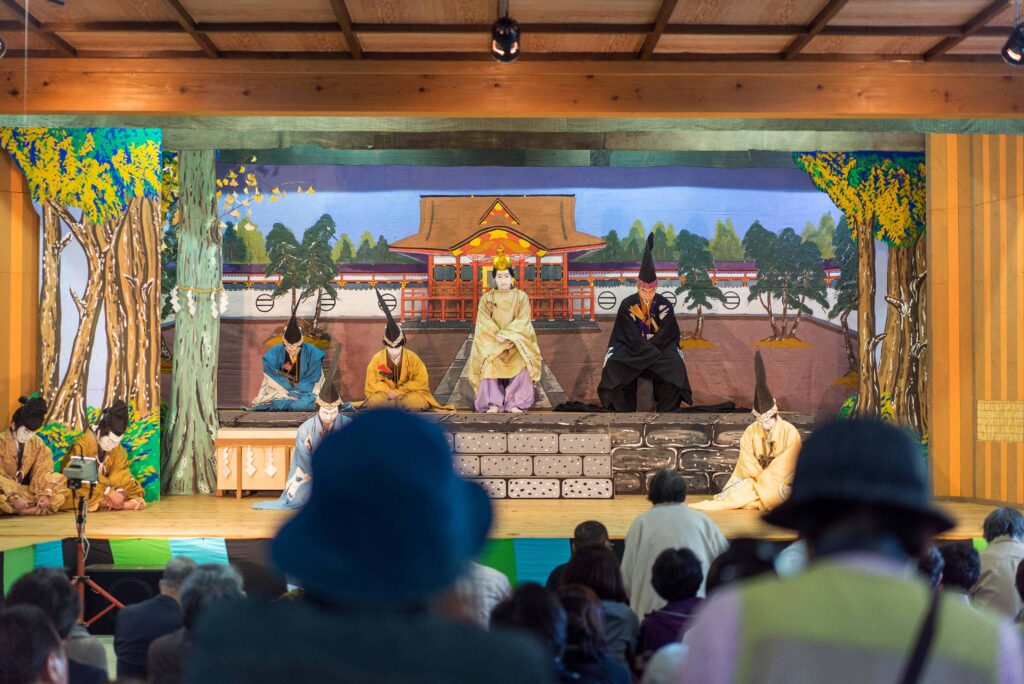
Yamairagawa Kabuki
One can’t speak of Yamato Noh without evoking the Yamairagawa Kabuki, as both are performed on the same day in the Kawachi Shrine. The exact origins are unclear, but it is said to have begun over 250 years ago when local youths performed a play as an offering of gratitude to the ascetic monk Tetsumonkai of Mt. Yudono, who had saved the village by driving out an epidemic.
Like Yamato Noh, Yamairagawa Kabuki is a sacred performance dedicated to Kawachi Shrine and is held locally every spring and autumn. The repertoire includes 14 plays across 37 scenes, and the tradition has received high acclaim both in Japan and abroad, including the prestigious Mokichi Saito Cultural Award in 1970.
What to do in the area
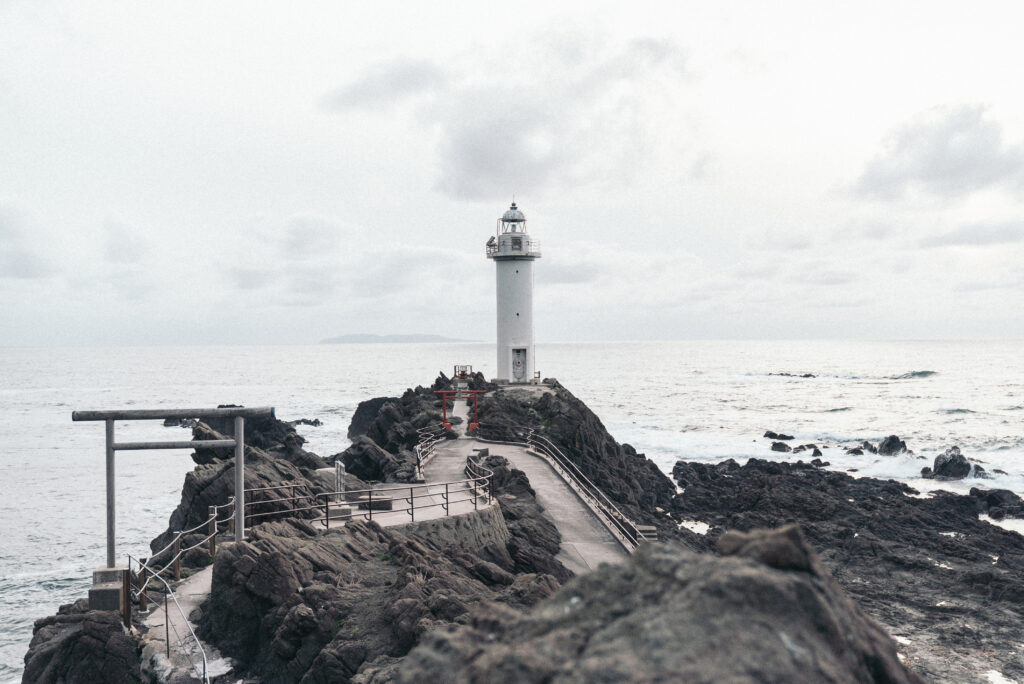
- Nezugaseki Port & its lighthouse
Located at the southernmost tip of Tsuruoka City in Yamagata Prefecture, the port town of Nezugaseki is renowned for its beautiful coastline and the bounty of its rich fishing grounds. Representing the pride of this area is Nezugaseki Port, one of the most prominent fishing ports in the prefecture, where approximately 342 different species of fish are landed. It is also famous for its many marine activities (upon reservation through GreenBlue Atsumi’s website) such as kayaking, SUP or fishing/cooking experiences. Strolling around the lighthouse and the nearby shrine will definitely make beautiful pictures and memories before attending to the Sunset Noh performance.
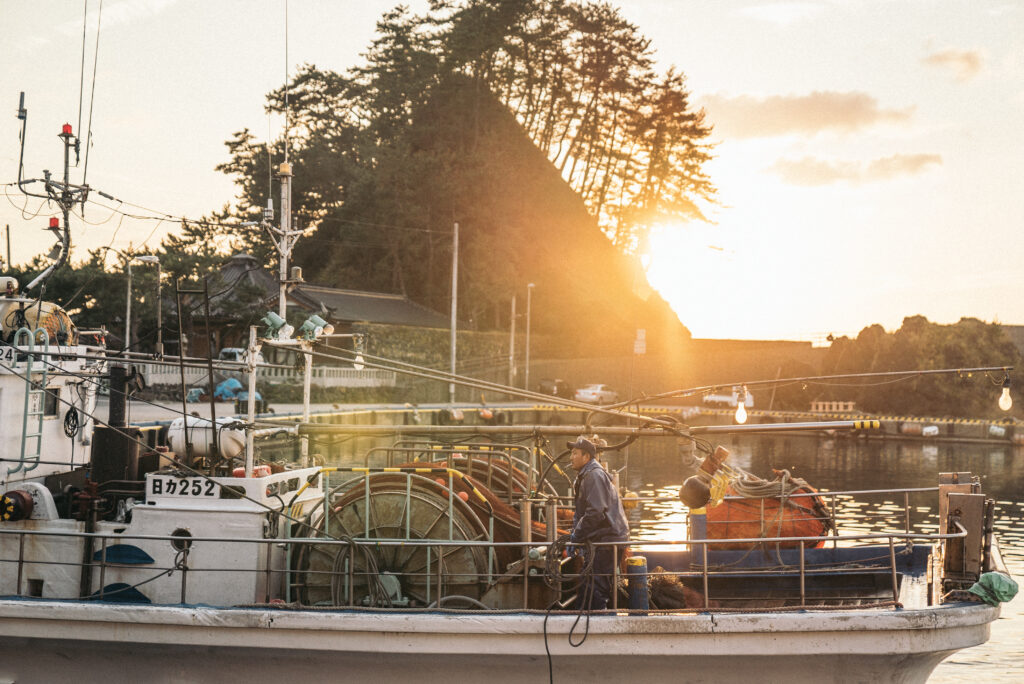
- Nezugaseki’s fish auctions (seri 鼠ヶ関競り)
When people think of fish auctions, they often imagine early-morning events. However, Nezugaseki stands out for its unique practice of holding auctions in the evening, in order to ship the catch in time for early-morning sales at major markets like Tokyo’s Toyosu.
Another distinctive feature of Nezugaseki’s auction is its format. Here, a method called “Itazeri” is used: bidders write coded numbers (called fuchō) on a blackboard, and the highest bid wins instantly. Unlike standard auctions, this “board auction” format brings with it a unique sense of tension and excitement.
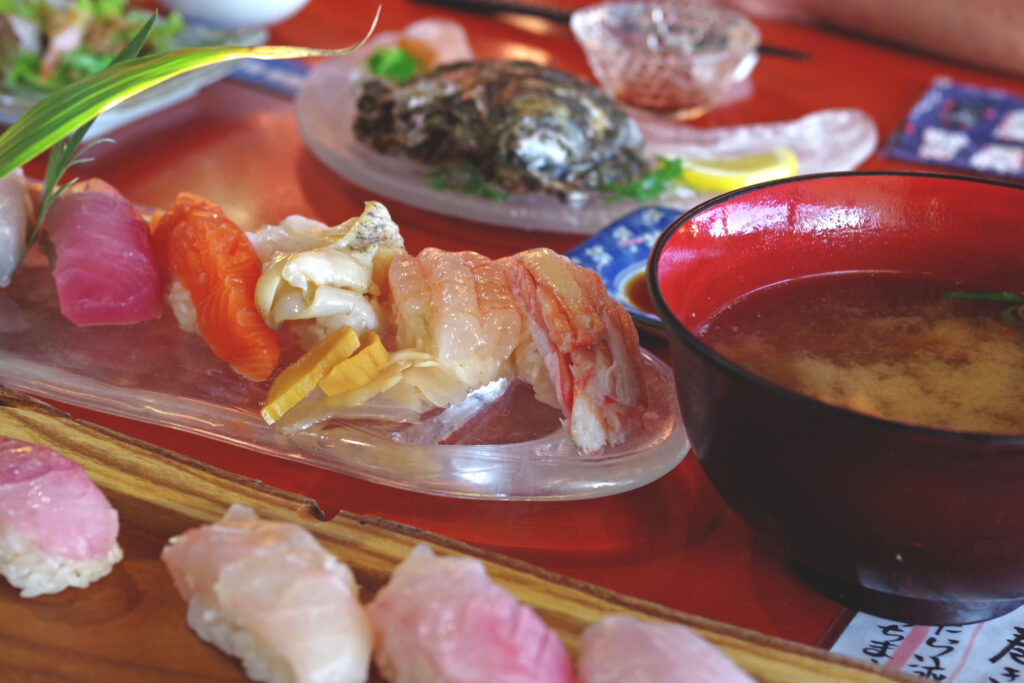
- Asahiya Sushi Restaurant
The master of this legendary sushi restaurant only serves high quality local fish and will talk passionately about his work (in Japanese!) while you relish on his carefully formed sushi; beloved as ones of the most delicious sushis in the city.
- August 24th, 2025’s event’s location
-
Atsumi Sharin Michinoeki
How to go there without a car: (by train) Get off the JR line at Koiwagawa Station, walk 20 minutes.or get off the JR line at Nezugaseki Station, walk 45 minutes.
All photos’ copyrights go to Jo Igarashi.
